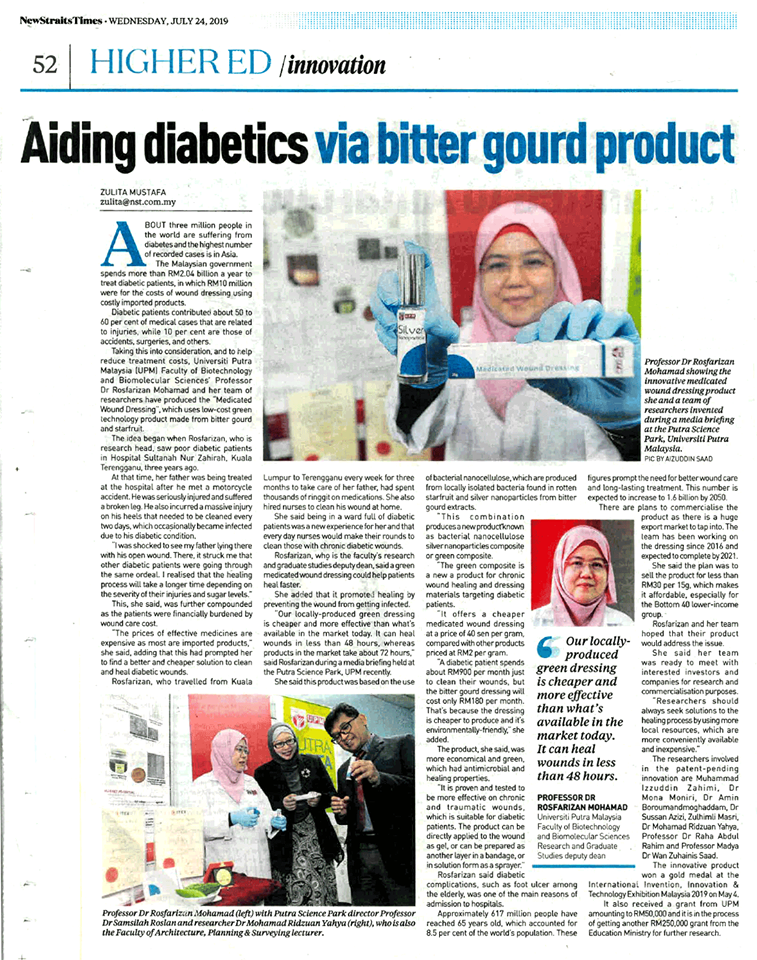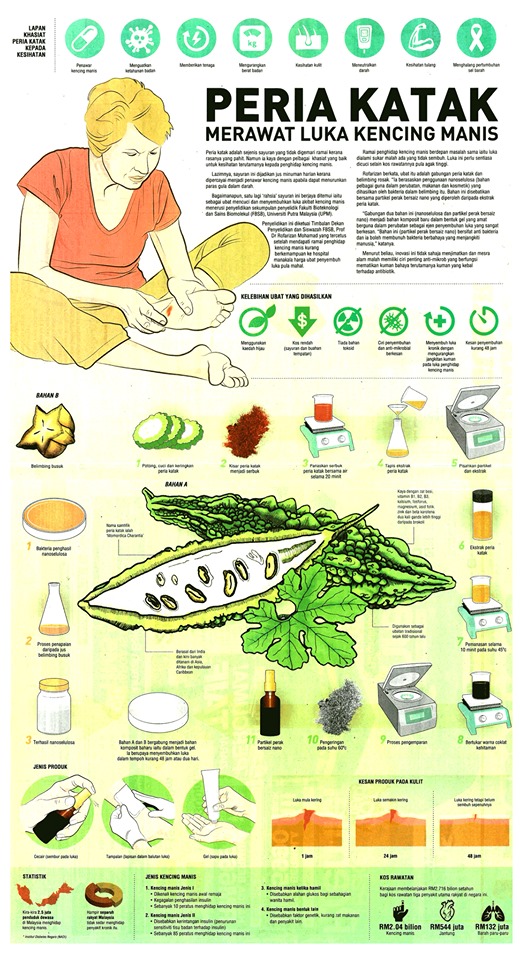The expansion of the Malaysian population has increased the rate of ownership of assets such as vehicles and homes. This sharp increase creates new jobs in the motoring and construction sectors. This phenomenon is welcomed as it helps to create job opportunities for the people. However, this should be well managed by providing training to managers, operators and workers in these sectors, particularly in terms of waste management.
For example, there are many workshop and service centre vehicles that do business in repairing and servicing vehicles. However, a random survey found that not all service centres are practising the correct way of managing waste engine oils. Sometimes the engine oil was placed in an open barrel with the risk of overflow. While some were placed in an old leaking barrel, whereby the oil can spill into the drain.
In fact, in the housing and restaurant sector, there are many house renovations that do not follow the proper specifications and procedures, resulting in improper domestic liquid waste disposal, such as from sinks and washing machines, into the monsoon drainage channel, which eventually leads to the river, where water source supplied to Malaysians.
All these issues occur when people are too common with the mindset of "the waste is not in my backyard." Most Malaysians love cleanliness in their own area but ignore their environmental hygiene. The simplest example is, when producing trash in the car, the trash was thrown out of the window without even finding the proper dump. The garbage may flow into a drain when it rains, causing drainage blockage, or continue straight into the river.
Therefore, environmental education is important for the people to avoid such events. People need to care about the existence of housing laws that have set the rules for home renovation. Wastewater produced inside the home should enter the septic tank (for rural area) or centralized sewage treatment plant (STP) (for the cities) and through the treatment process before being released to the river. Hazardous water such as vehicle engine oils, solvents and paints should be sent to hazardous waste treatment centres, so that these materials do not pollute nature.
Most important is that the people have the spirit of togetherness, and selflessness, to make this environmental practice sustainable. Because spiritual hygiene can only be implemented when everyone works together to make it. We do not want to face a time when a river is blocked or the water supply is contaminated, everyone starts to point to each other, without knowing that the fault is ours.
Prepared by:
 |
Dr. Ahmad Muhaimin Roslan
Ph.D., Kyushu Institute of Technology, Japan
Expertise: Environmental Biotechnology, Fermentation Technology
 +603-8946 8054 +603-8946 8054
 ar_muhaimin@upm.edu.my ar_muhaimin@upm.edu.my |
|
Date of Input: 28/08/2017 | Updated: 10/10/2017 | hirfarizan
MEDIA SHARING


























